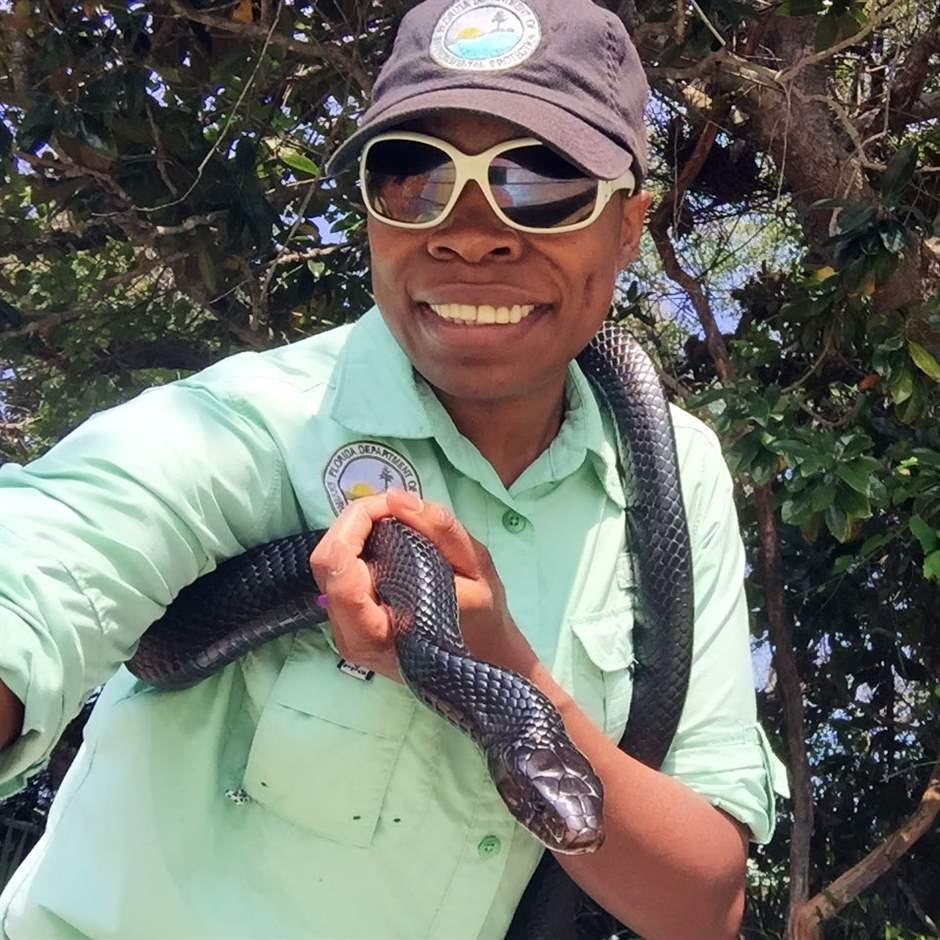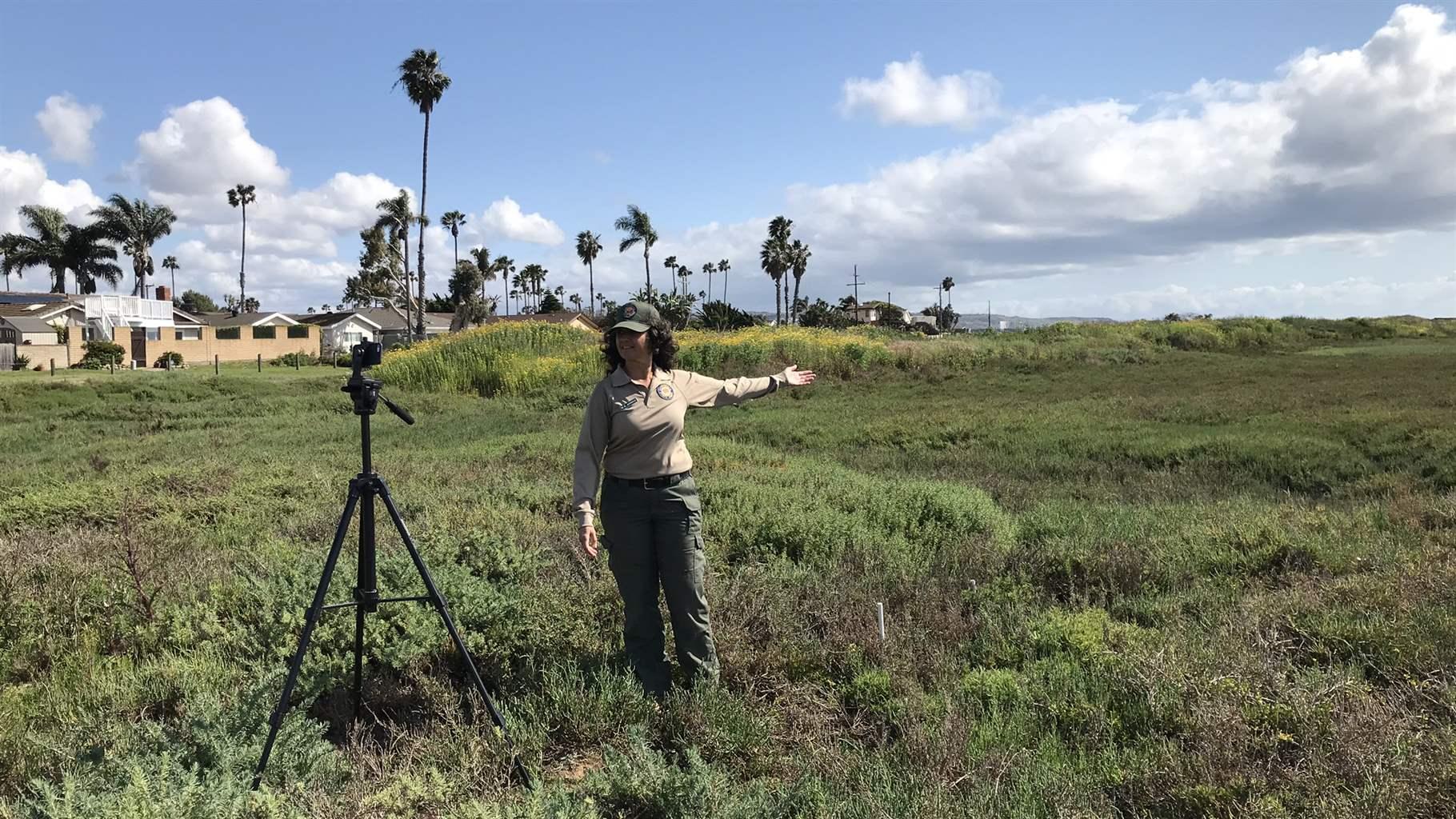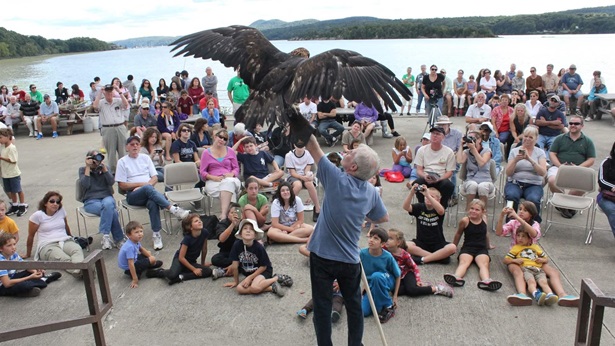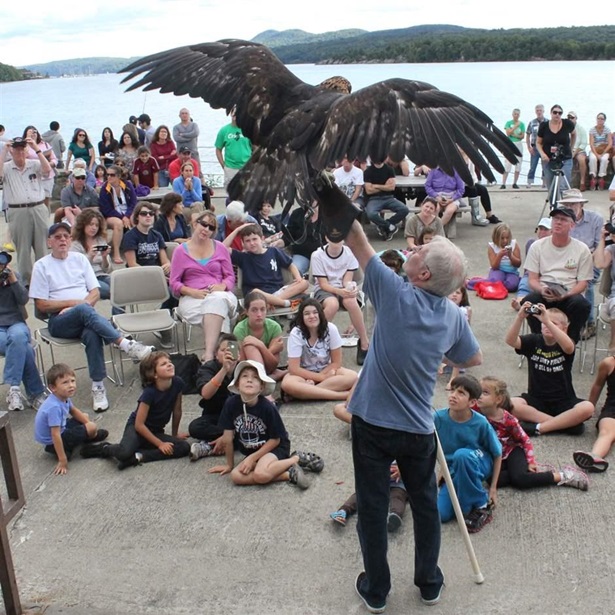National Estuarine Research Reserves Go Virtual During COVID-19 Response
Sites, which are home to critical habitat, attract visitors by shifting from hands-on to online programming
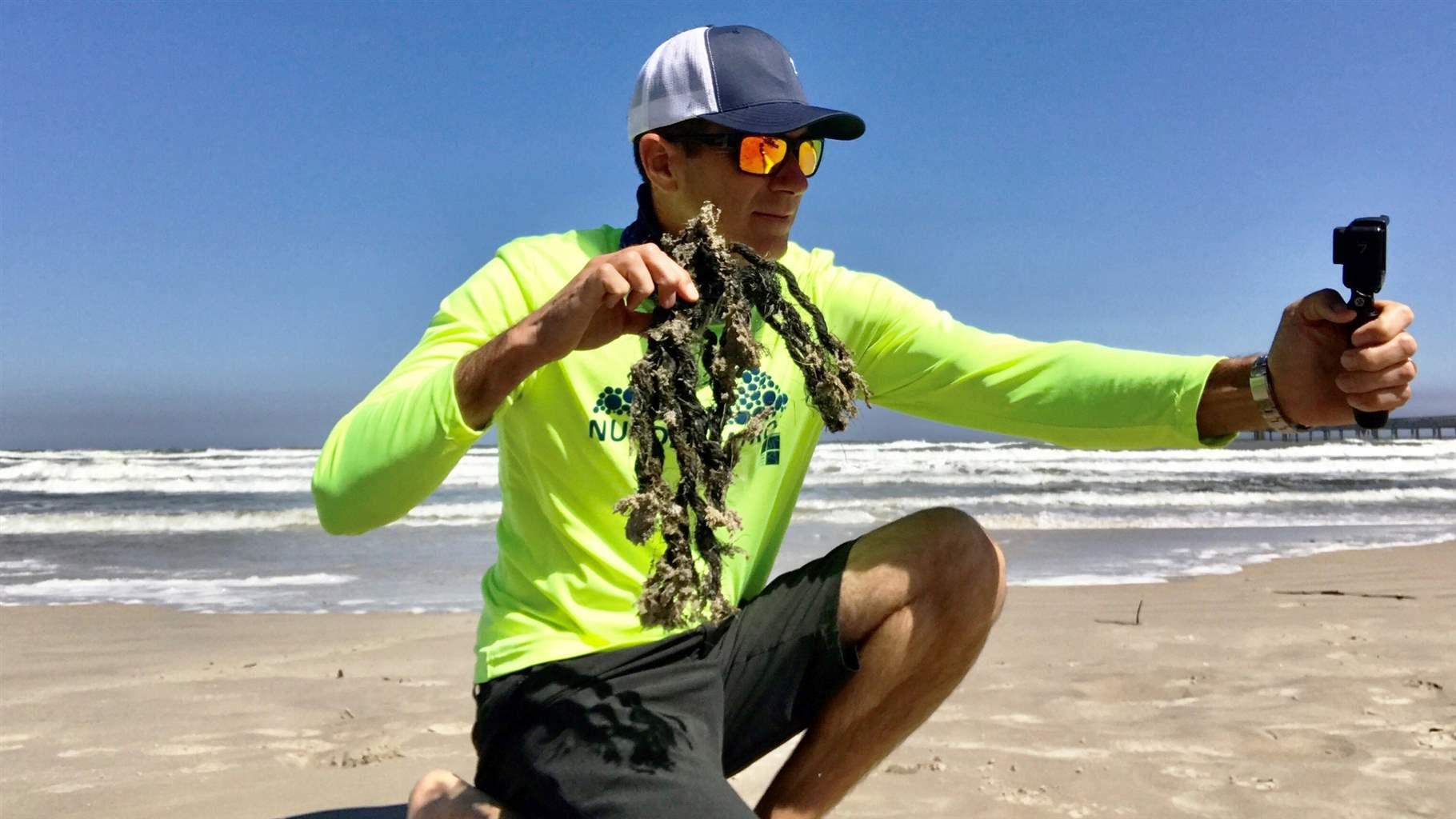
The staff at the 4,122-acre Chesapeake Bay National Estuarine Research Reserve in Virginia is invested in its mission to educate people about estuaries—bodies of water where rivers mix with ocean saltwater, creating unique habitats for wildlife and providing support for coastal businesses through healthy fisheries and tourism. The reserve covers just a sliver of the country’s largest estuary, the Chesapeake Bay.
Activities at the site, part of the National Estuarine Research Reserve System (NERRS), attract 4,000 students and educators annually and range from teacher trainings to student field trips and summer camps.
But, like most businesses and organizations across the country, the nation’s 29 NERRS sites are dramatically altering their operations in response to the COVID-19 pandemic, which for many reserve employees means taking on new or expanded activities to help people experience estuaries without being there.
“Any programs we can do virtually, we are,” said Sarah Nuss, education coordinator for the Virginia reserve. “Our entire educational mission focuses on getting kids outside, but during this time, we’re discovering new ways to educate people about the Chesapeake Bay so that they understand it more and want to protect it more.”
The site has replaced 20 to 30 field trips and events planned for April and May with online activities. These include weekly story hours for elementary school students, “Discovery Labs” for elementary and high school students, and virtual tours hosted by the Virginia Institute of Marine Science.
The country’s 29 reserves encompass more than 1.3 million acres of coastal lands and waters. Some parts of 22 of those sites remain open for hiking, kayaking, canoeing, and wildlife observation. The National Estuarine Research Reserve Association (NERRA) updates an online spreadsheet every Friday with information about reserve openings, closures, and operations and has an interactive map of reserves.
Since 2019, Pew has worked with federal and state officials and other stakeholders to expand the reserve system and to raise awareness of the importance of conserving the country’s vital but vulnerable coastal habitats.
Guana Tolomato Matanzas National Estuarine Research Reserve (GTM Research Reserve) in Ponte Vedra Beach, Florida, is one of the reserves currently closed. It usually educates about 3,000 K-12 students annually through on-site and digital programs and welcomes as many as 300,000 visitors yearly.
A year ago, staff there began developing interactive virtual reality (VR) science lessons—in line with state educational standards—for students unable to visit the reserve because they lacked the money or lived too far away.
“That work meant we were almost primed for how to respond to the virus and the stay-at-home order,” GTM Research Reserve Education Coordinator Josephine Spearman said. The reserve has launched VR programs for students in grades K-5 and will soon add content for sixth- to 12th-graders.
Educators at California’s Tijuana River NERR work for the National Oceanic and Atmospheric Administration’s state partner, the California Department of Parks and Recreation, whose Parks Online Resources for Teachers and Students (PORTS) has a 15-year remote education record, reaching more than 500,000 students during that time through virtual field trips and other digital tools. The reserve’s first PORTS program was in January, which gave it a two-month head start before the shutdown required it to shift almost all of its activities online.
When the state closed schools and issued stay-at-home orders in March, the reserve began offering distance learning for high school students and instructors and added elementary and middle school programs in May. The programs had reached 619 students through May 15.
“We transitioned to offering something that anyone could sign up for,” said Anne Marie Tipton, the reserve’s education coordinator. “It’s a totally different way of organizing our activities.”
Other strategies include Facebook Live and other social media activities, a new webpage on digital resources for at-home learning, and—since California schools resumed online classes in April—a renewed push for teachers to book individual classes.
Even as the shutdown continues across much of the U.S., educators continue to look to reserves for quality material. Jaimee Buckley, the only life sciences teacher at Queens Lake Middle School in York County, Virginia, is integrating new multimedia resources, articles, and information from the state’s Chesapeake Bay reserve into classwork for her 172 students.
“I deeply appreciate the commitment to education that our NERR provides all the time, but especially during the time of COVID-19,” Buckley said. “The relevancy of their lessons is extremely important during this time of online learning.”
Because each NERRS site tailors its operations to its community, “adaption is in their operational DNA,” said NERRA Executive Director Rebecca Roth. “The context has changed, but the mission carries on.”
Ted Morton leads The Pew Charitable Trusts’ federal efforts to protect ocean life and coastal habitats.
